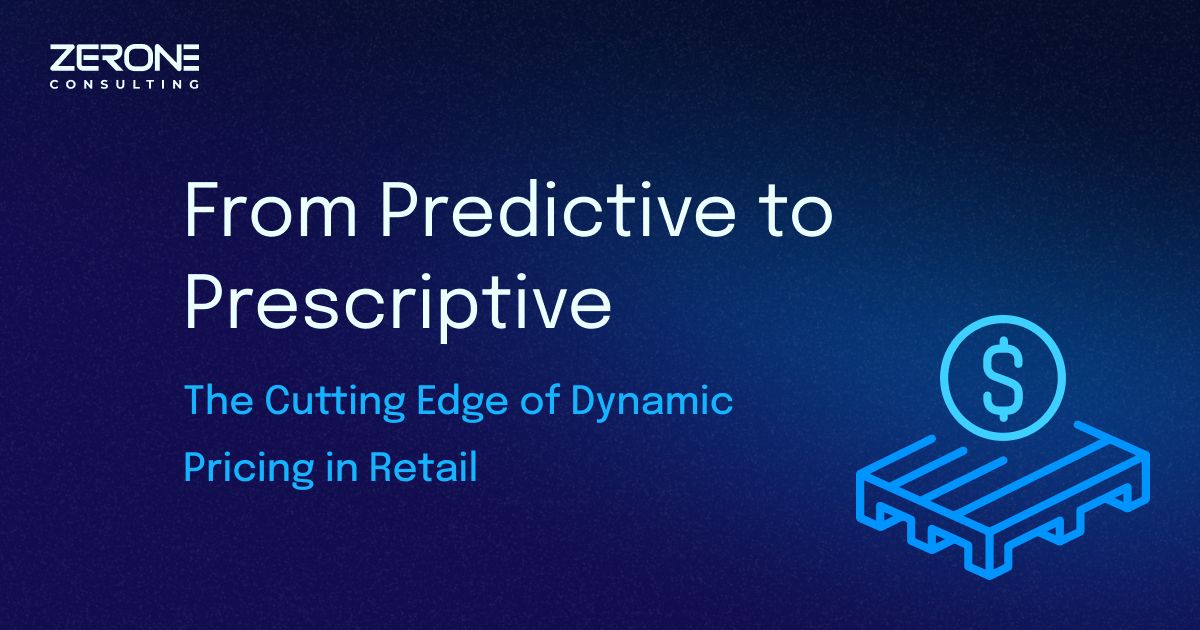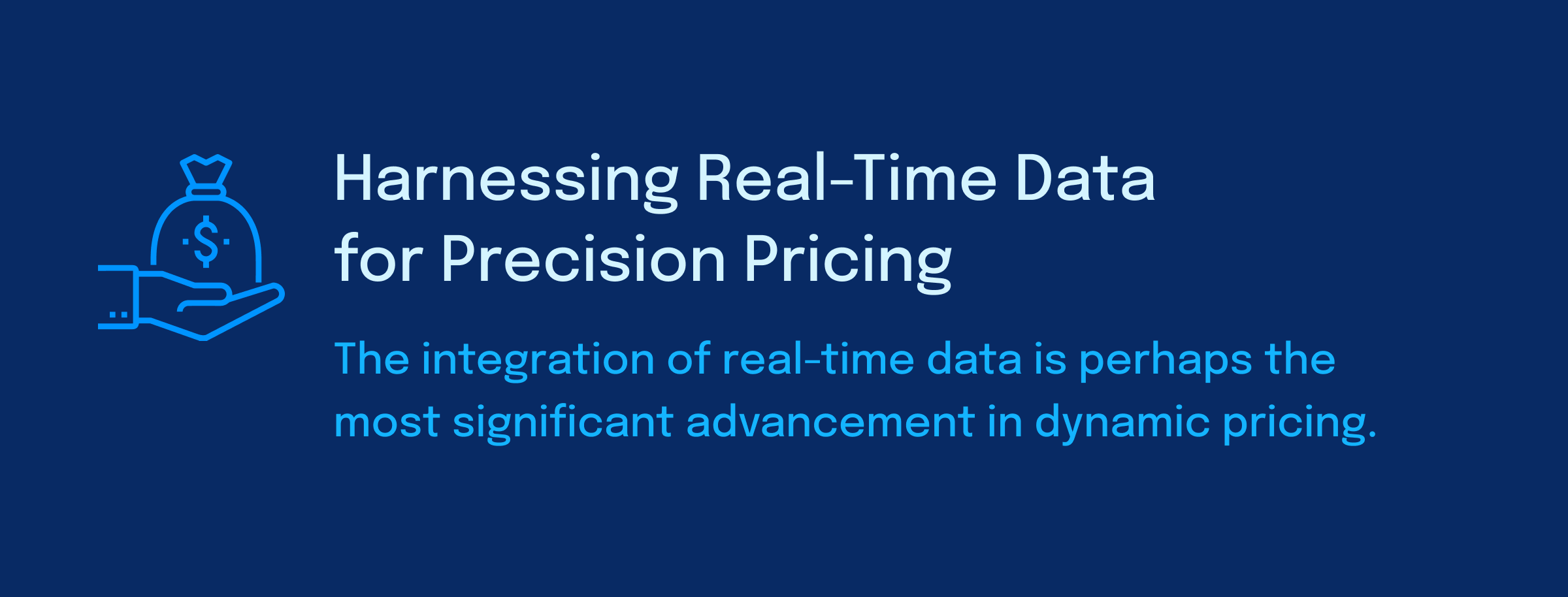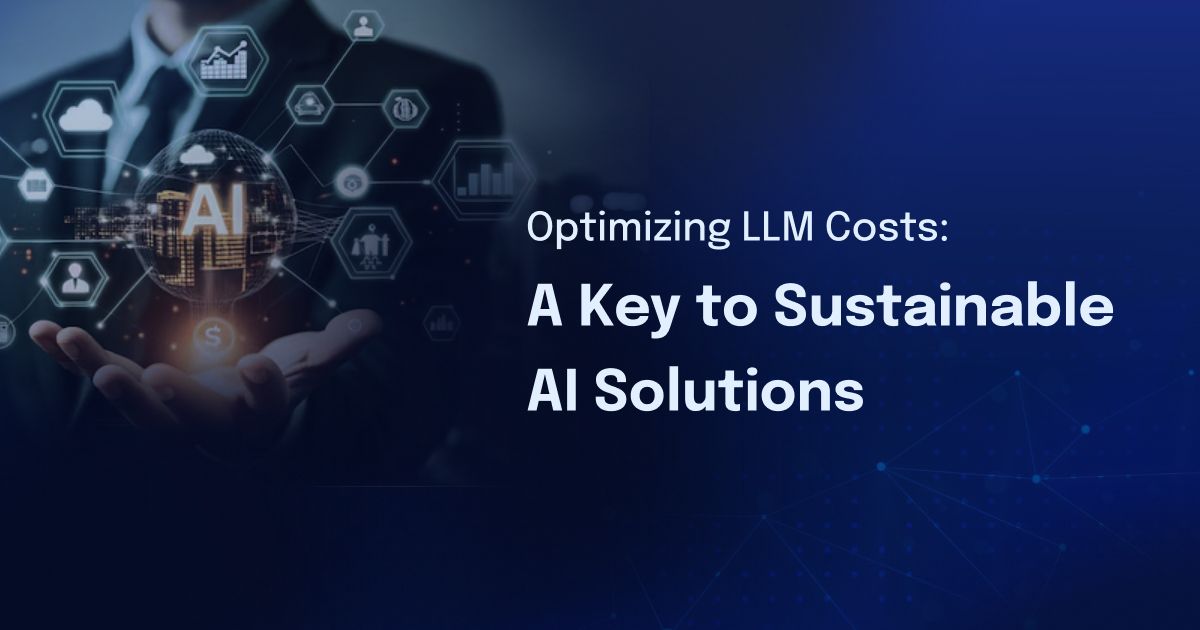From Predictive to Prescriptive: The Cutting Edge of Dynamic Pricing in Retail
The retail industry has always been a battleground of margins, where every decision, from inventory to pricing, can make or break profitability. As we move into an era where data-driven strategies are the norm, the transition from predictive to prescriptive analytics represents a significant leap forward in the field of dynamic pricing. This shift is not merely incremental but rather a transformative change, driven by the latest advancements in artificial intelligence (AI) and machine learning (ML).

The New Frontier: Beyond Predictions to Prescription
Predictive analytics, while valuable, operates largely on historical data, using it to forecast future trends. This approach, though powerful, often leaves retailers reacting to trends rather than shaping them. In contrast, prescriptive analytics uses real-time data and advanced algorithms to suggest actionable strategies that optimize outcomes. It’s about moving from “What is likely to happen?” to “What should we do about it?”—a crucial difference in today’s fast-paced retail environment.
In 2024, McKinsey & Company highlighted that prescriptive analytics could improve profit margins by up to 15% for retailers who adopt these techniques for dynamic pricing. Unlike traditional methods, which might adjust prices based on broad seasonal trends, prescriptive analytics can consider multiple variables simultaneously—such as local weather patterns, social media sentiment, and even competitor stock levels—to set prices that maximize both sales volume and profitability in real-time.

Harnessing Real-Time Data for Precision Pricing
The integration of real-time data is perhaps the most significant advancement in dynamic pricing. Retailers now have access to unprecedented volumes of data generated from online shopping behaviors, in-store foot traffic, and even IoT devices. For example, a retail chain can now adjust prices based on the immediate demand fluctuations in a specific region, using geolocation data to tailor offers to local customers. According to a recent study by Deloitte, companies employing real-time data analytics for dynamic pricing have seen a 25% increase in revenue compared to those using traditional pricing models.
Moreover, real-time data allows for a more nuanced understanding of consumer behavior. Retailers can now identify micro-trends that were previously invisible—such as a sudden spike in demand for a particular product following a viral social media post—and adjust pricing accordingly within minutes. This agility in pricing not only captures additional revenue but also enhances the customer experience by offering prices that reflect the current market dynamics.

AI and Machine Learning: The Game Changers
Artificial intelligence and machine learning are the engines driving the next generation of dynamic pricing models. These technologies enable retailers to process vast amounts of data quickly and accurately, identifying patterns that would be impossible for human analysts to detect. For instance, a machine learning model can analyze thousands of data points—from weather forecasts to social media sentiment—and predict the optimal time to discount a product to clear inventory without sacrificing margins.
An interesting development in 2024 has been the application of reinforcement learning—a type of machine learning where algorithms learn to make decisions through trial and error—in dynamic pricing. Retailers are using reinforcement learning to fine-tune pricing strategies, where the system continuously improves its recommendations based on the outcomes of previous pricing decisions. This approach has been shown to increase pricing accuracy by up to 20%, significantly boosting profitability for early adopters in the retail sector .
The Ethical Dimension: Balancing Profit and Fairness
As retailers increasingly adopt prescriptive analytics for dynamic pricing, the ethical implications of these technologies come into focus. Dynamic pricing can lead to price discrimination, where different customers pay different prices for the same product based on factors like location, purchasing history, or even device type. While this can maximize revenue, it can also alienate customers if they perceive the pricing as unfair.
To address these concerns, some retailers are implementing transparency measures, where customers are informed about the factors influencing price changes. Additionally, algorithms are being designed with fairness constraints to ensure that pricing remains within acceptable ethical bounds. A Harvard Business Review article in 2024 emphasized that retailers who prioritize ethical considerations in their dynamic pricing strategies not only avoid backlash but also build stronger customer loyalty over time .
Conclusion: A Strategic Imperative for Retailers
The shift from predictive to prescriptive analytics in dynamic pricing is more than just a technological upgrade—it is a strategic necessity for retailers aiming to thrive in an increasingly competitive landscape. By harnessing real-time data, AI, and machine learning, retailers can set prices that not only maximize profitability but also enhance the customer experience. However, as with any powerful tool, the ethical use of prescriptive analytics will be crucial in maintaining consumer trust and achieving long-term success.
For decision-makers in retail, the message is clear: The future of pricing is dynamic, data-driven, and prescriptive. Embracing this shift today will not only secure a competitive advantage but also pave the way for sustainable growth in the years to come.
Unlocking The Potential Of Ai In Business Process Outsourcing
#Artificialintelligence
Gold Standard Data: Driving Accuracy In Domain-specific Medical Ai
#Artificialintelligence
Optimizing Llm Costs: A Key To Sustainable Ai Solutions
#Artificialintelligence



